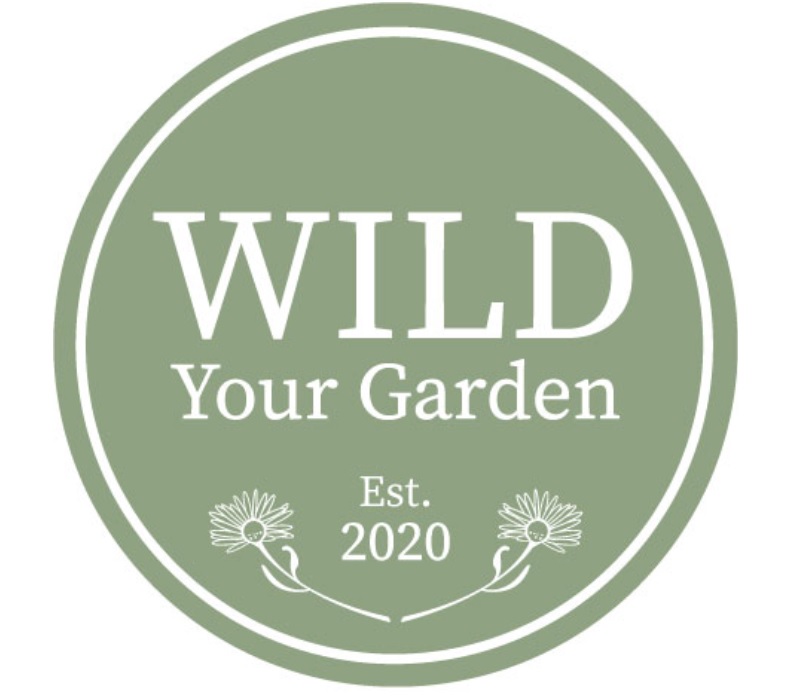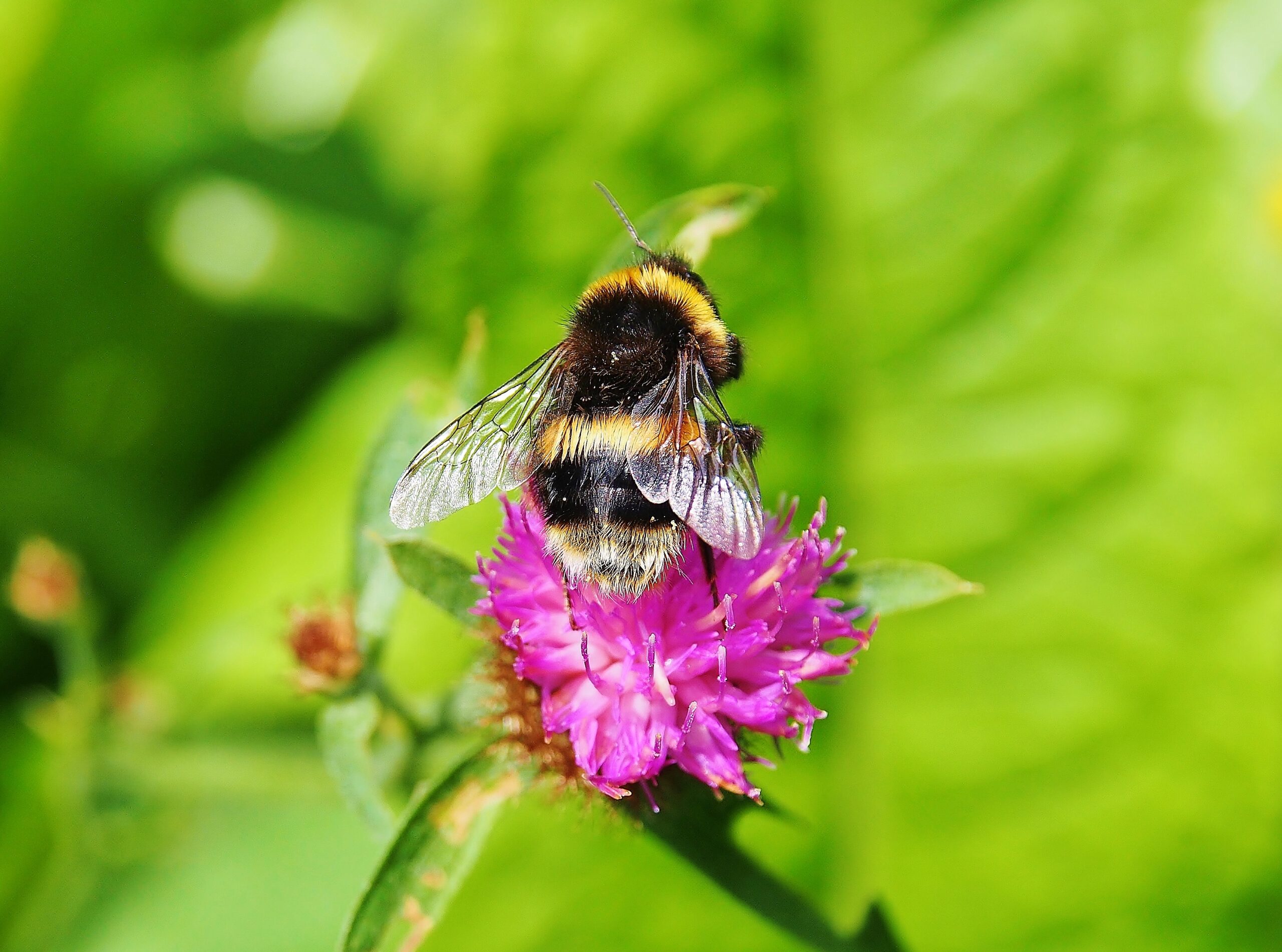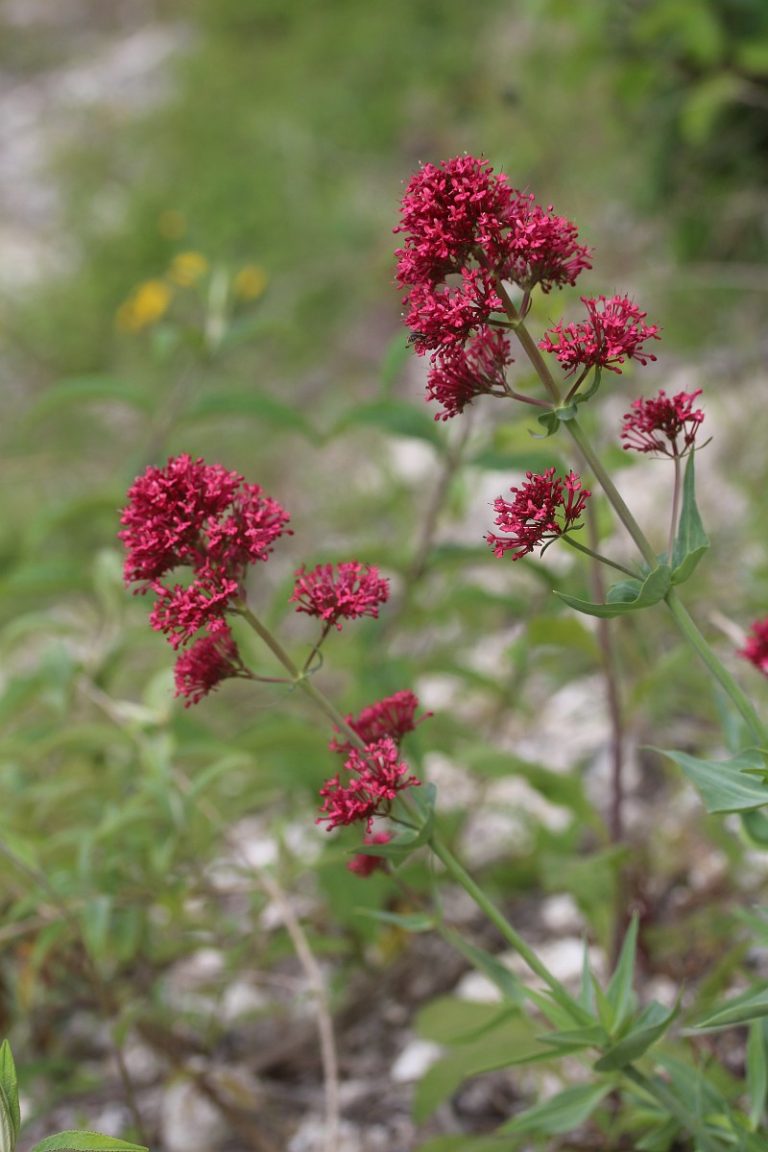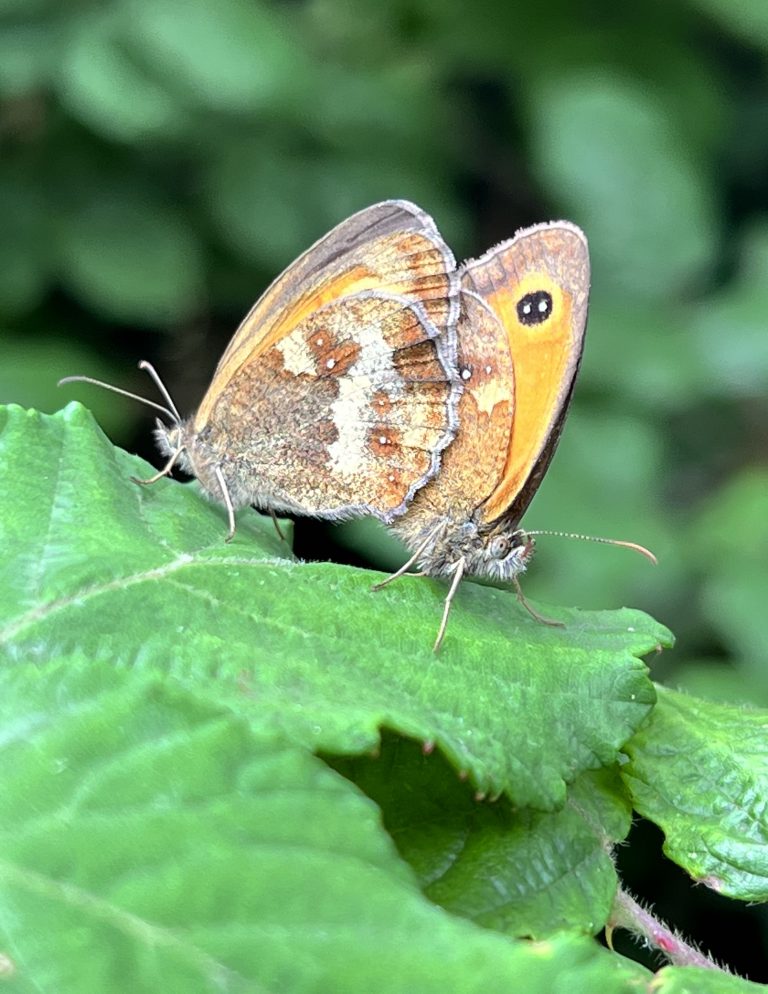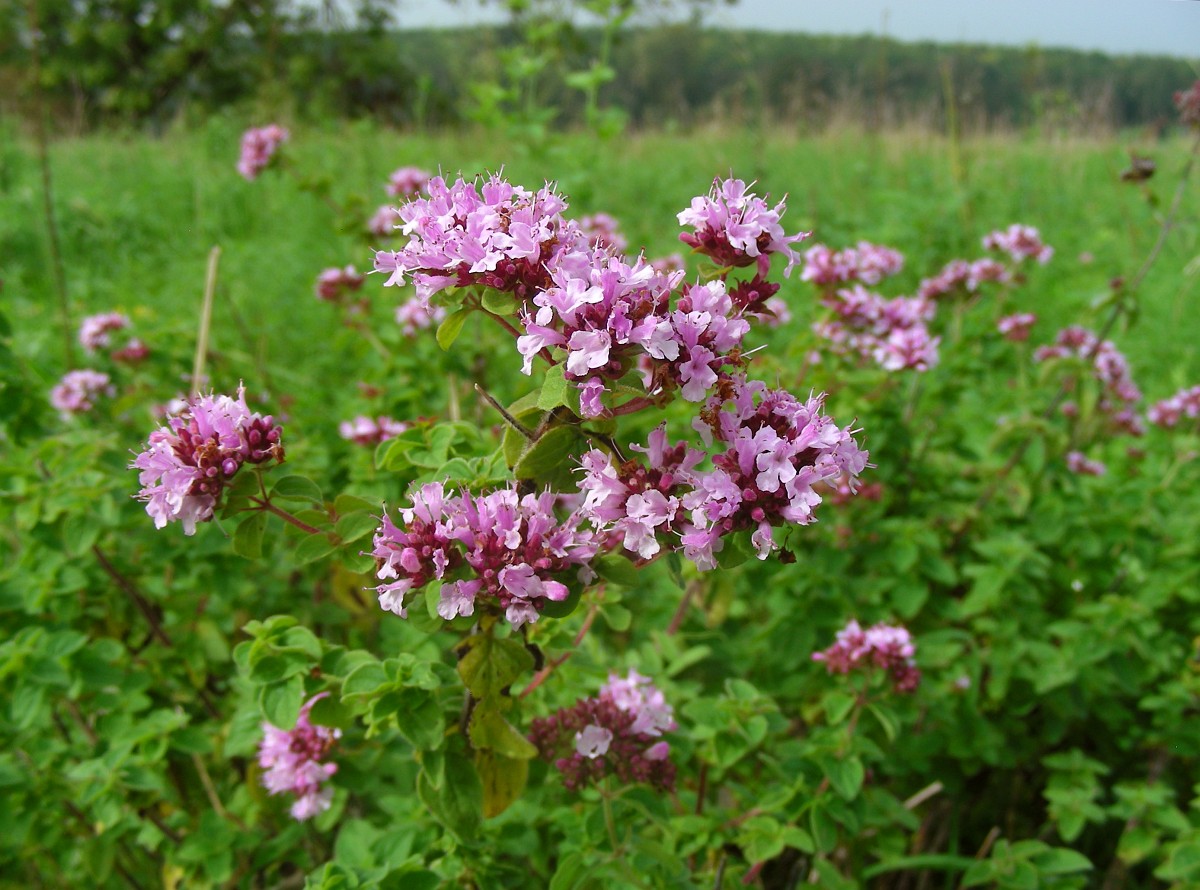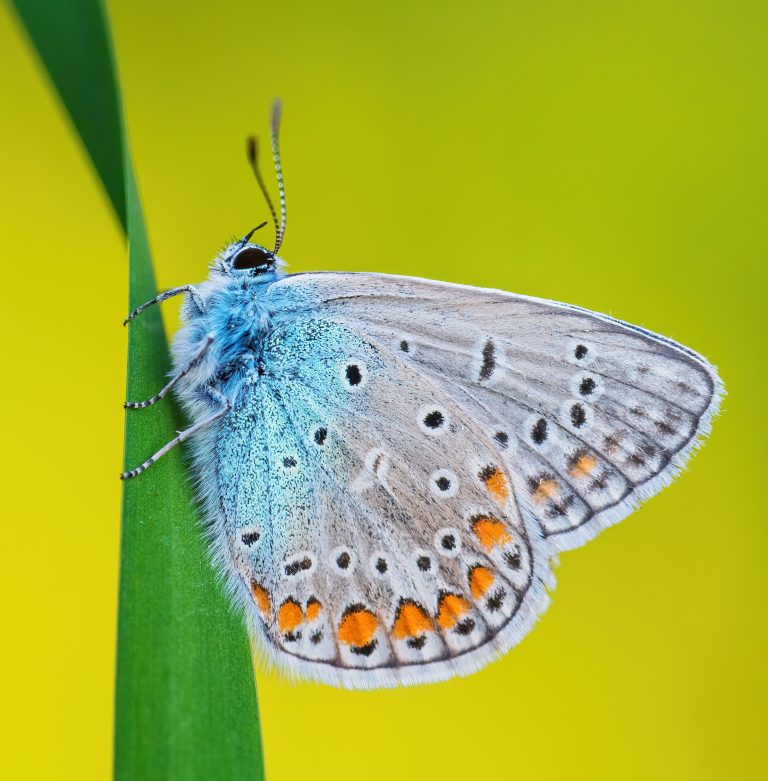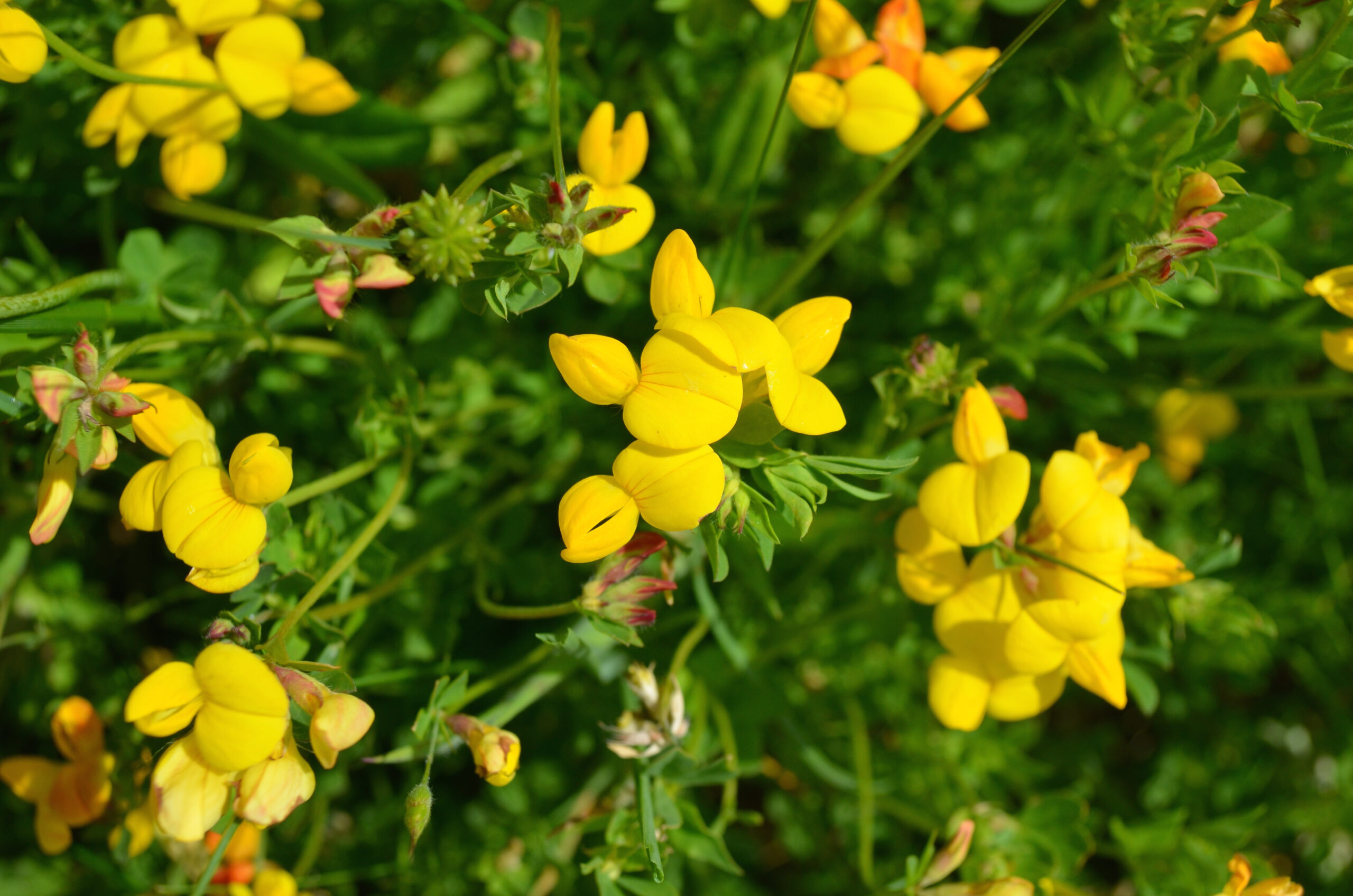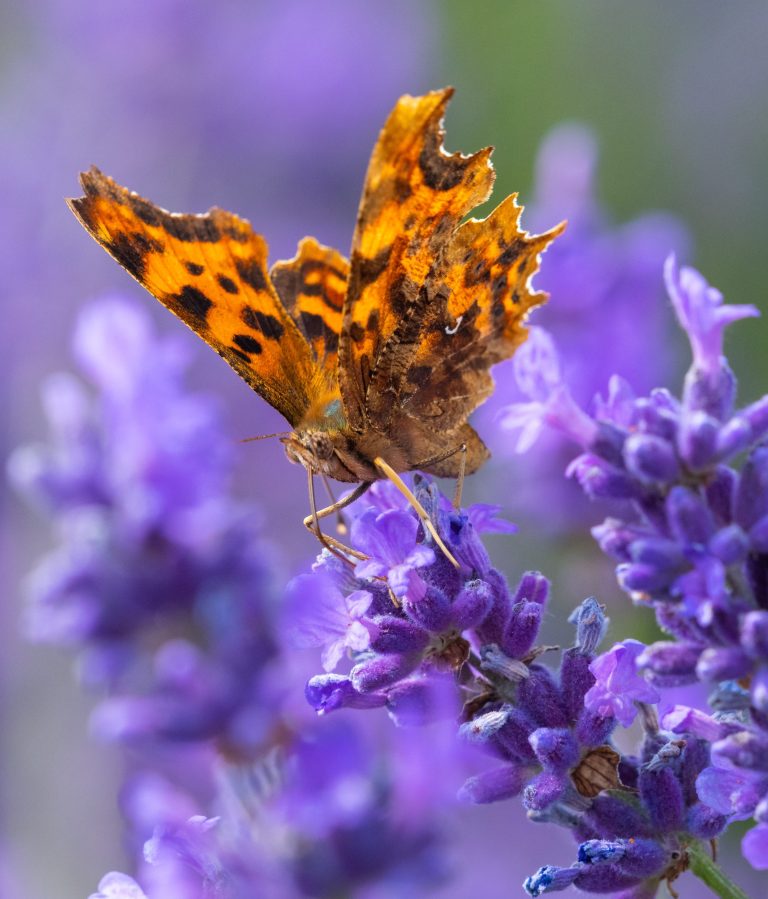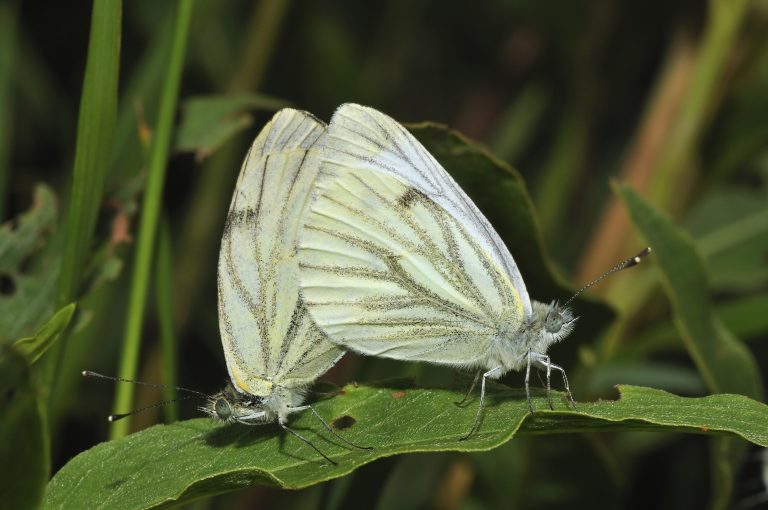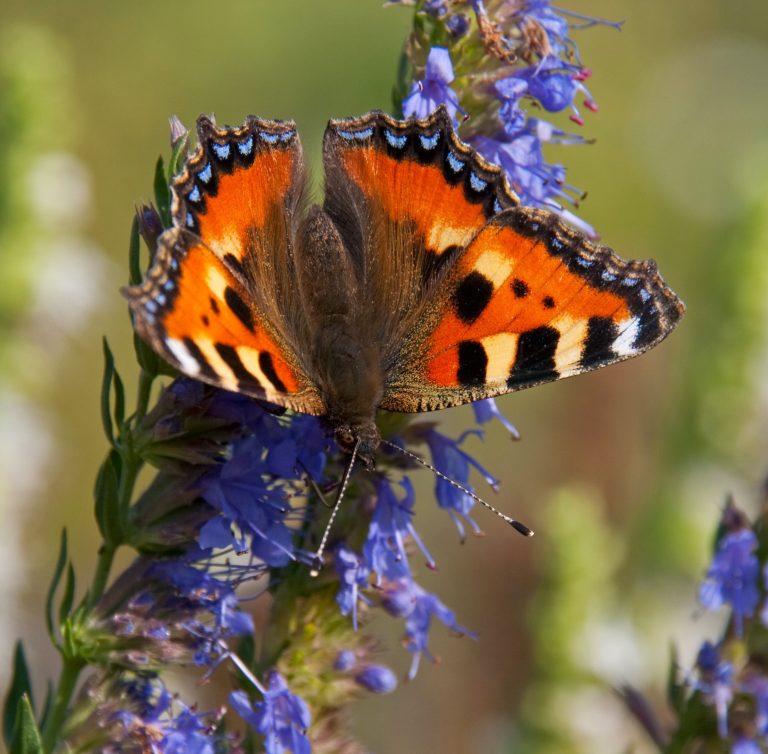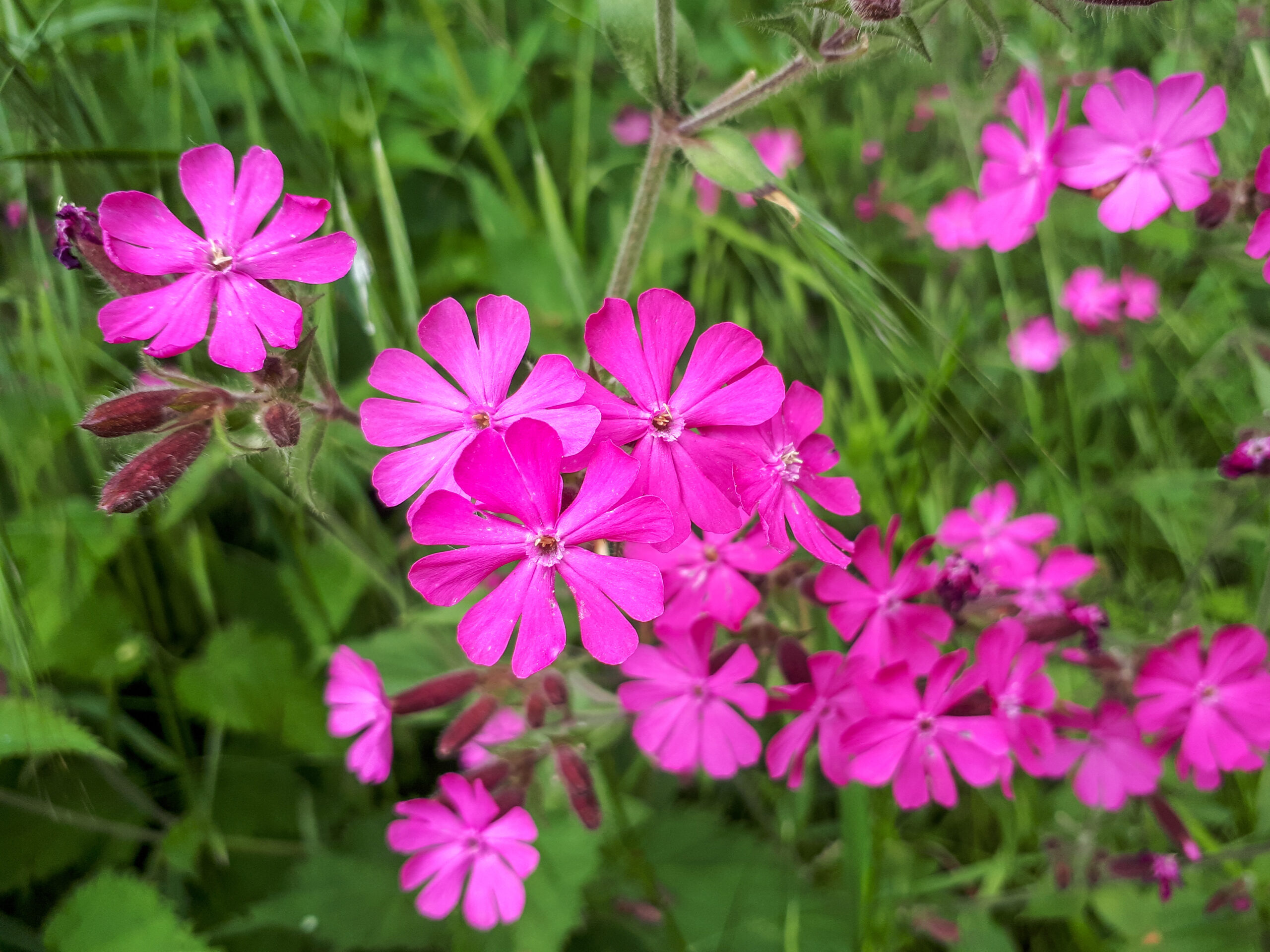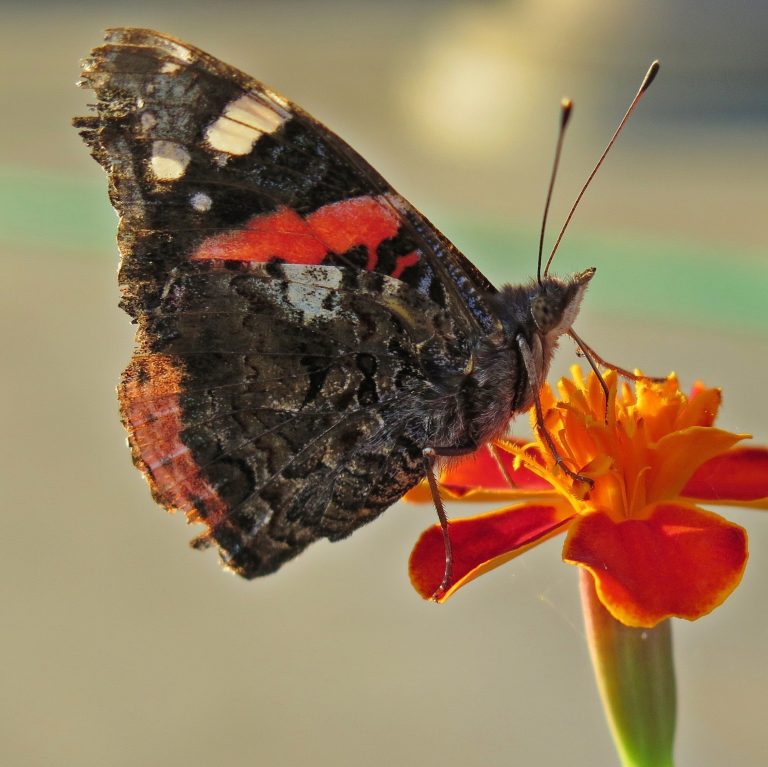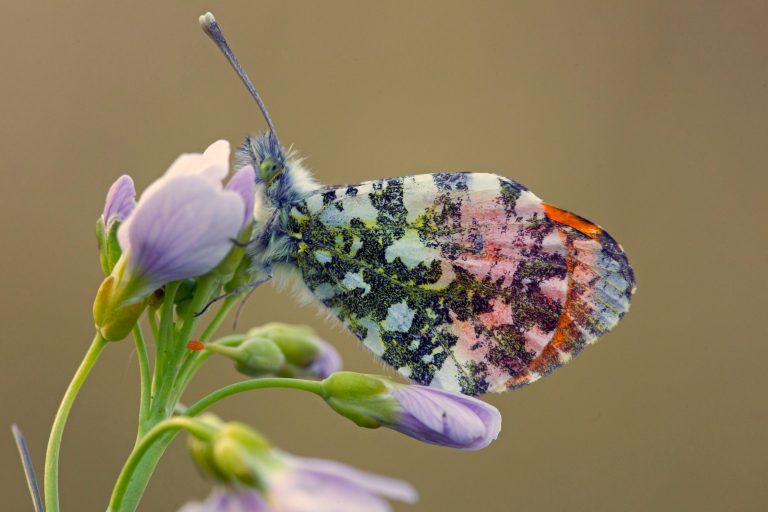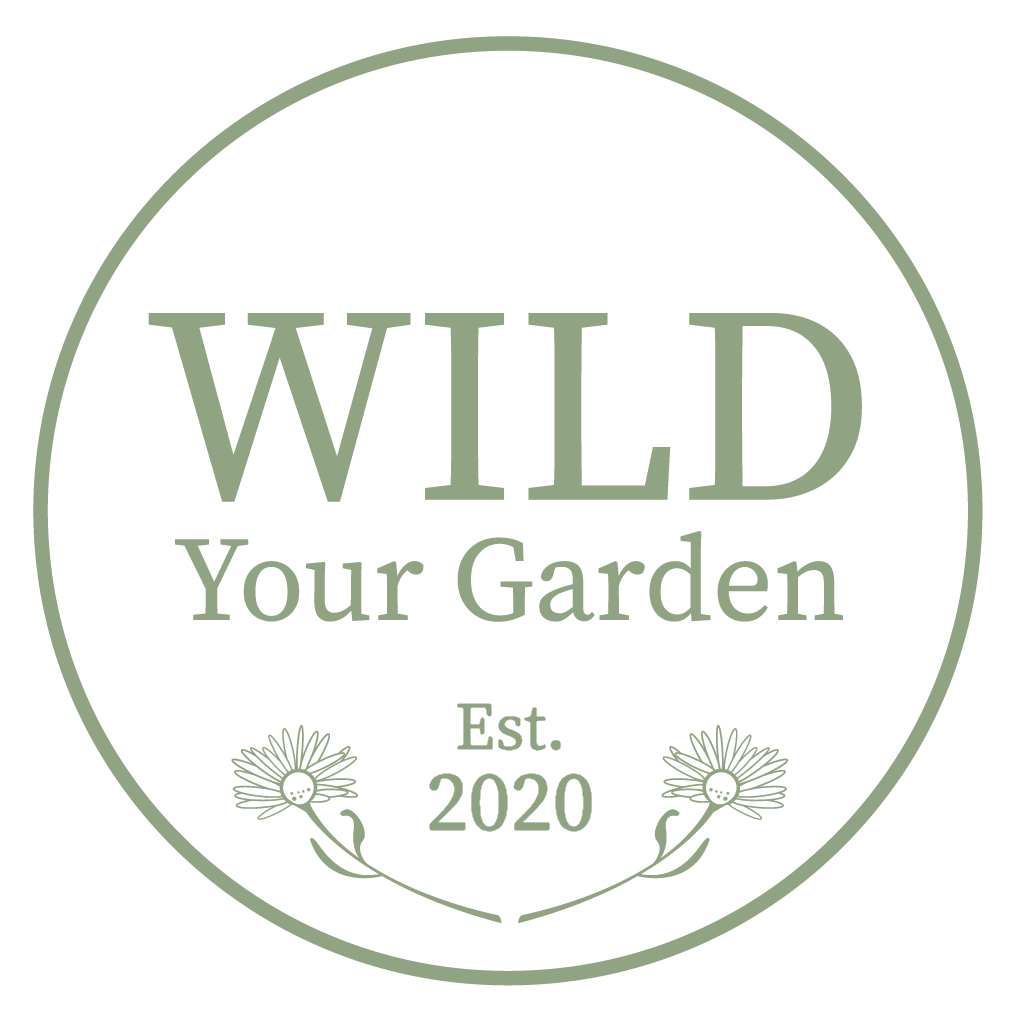Joel’s Meadow Brown Butterfly Pack – WYG Special
These special packs, chosen by Joel to be the most valuable plants for this species of butterfly, will contain a mix of the following plants available in 3, 5 or 7 quantity packs - each in 9cm pots.
--- Lesser Knapweed, Greater Knapweed, Oxeye Daisy, Field Scabious, Self Heal, Lady's Bedstraw, Red Valerian, Wild Carrot, White Clover, Red Clover ---
Our nursery team will choose the best available selection of species at the time of packing your order. If you are keen to have a particular species included in your pack from the list, please let us know in the order comments and our nursery team will do their best to include this in your pack wherever possible.
For more information on these individual species, please see our overview tab further down.
From £14.95
For a little more information on each of Joel’s recommended species:
Oxeye Daisy
Also known as the Dog Daisy. Often seen in meadows and on roadsides. A well known wild flower with lovely large, white daisy flowers. Also known as the Dog Daisy. Often seen in meadows and on roadsides. Leucanthemum vulgare is widely cultivated and available as a perennial flowering ornamental plant for gardens and designed meadow landscapes. It thrives in a wide range of conditions and can grow in sun to partial shade, and prefers damp soils. A beautiful Rose Chafer Beetle seen in the gallery.
Lesser Knapweed
Common, Black or Lesser Knapweed, Thistle-like purple flowers, looks good with ox-eye daisies.
Field Scabious
Blue-lilac pincushion flowers in summer. Looks good with Ox-eye Daisies. A nectar plant for butterflies and bees. Species of scabious were used to treat scabies, and many other afflictions of the skin including sores caused by the bubonic plague. The word scabies comes from the Latin word for “scratch” (scabere). Another name for this plant is gipsy rose.
Greater Knapweed
A lovely plant with large, raggy, purple flowers, looks good with scabious, ox-eye daisy and musk mallow. Flowering for weeks on end in high summer and on into autumn. Not only attractive to butterflies, bees and insects but finches will make the most of the seed heads when the flowers have finally finished.
Self Heal
Flowers colour Violet/purple calyx, Likes Sun but will tolerate semi-shade. Selfheal also known as allheal or Healall is a short, creeping grassland perennial with a square stem and bright green oval leaves, borne in opposite pairs. The flowers are violet, hooded and two lipped and are arranged into a dense slightly oblong head. Flowering is from June to September. It loves lawns and will stick close to the ground in order to survive even the closest mowing – it will even flower on 3cm-high flower spikes to ensure survival of its species. It spreads by seeds from its flowers which are loved by butterflies and bees.
Lady’s Bedstraw
Used in Victorian times to scent bedding. Delicately whorled leaves and bright golden Beautiful sweet scent in high summer. ‘Galium verum’, lady’s bedstraw or yellow bedstraw in the past, the dried plants were used to stuff mattresses, as the coumarin scent of the plants acts as a flea repellent.
Red Valerian
An absolute magnet for many species of insects. This is a perfect plant if you want to attract Hummingbird Hawkmoths to your garden. Did you know that Hummingbird Hawkmoths visit the same flowers at the same time, like clockwork, every day?
Plant this and let us know if you see some and whether they’re good time-keepers! Highly attractive to bees and butterflies this plant is perfect for a hot sunny spot and has the benefit of repeat flowering.
Wild Carrot
Biennial with white umbelliferous flowers with a pink tinge. Good for drying. Looks good growing with scabious. Daucus carota, whose common names include wild carrot, bird’s nest, bishop’s lace, and Queen Anne’s lace. They may be pink in bud and may have a reddish or purple flower in the centre of the umbel. The function of the tiny red flower, coloured by anthocyanin, is to attract insects.
White Clover
Pinkish-white flowers beloved by bees, could be used to make a lawn. Also known as Dutch clover, Ladino clover, or Ladino. It is low growing, with heads of whitish flowers, often with a tinge of pink or cream that may come on with the ageing of the plant. Besides making an excellent forage crop for livestock, its leaves and flowers are a valuable survival food: they are high in proteins.
Red Clover
Trefoil leaves and pinkish-red clover flowers. Essential component of the spring meadow.
Additional information
You May Also Like
Subscribe to our mailing list
Enter your email address to sign up to our newsletter and receive a code for 5% off your first order!
Minimum spend and exclusions apply.

